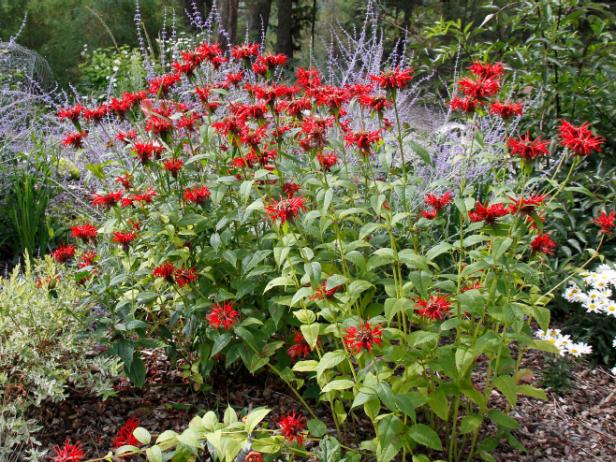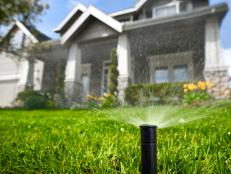Choosing Plants for Your Landscaping

"Who needs a horticultural battle?" asks Margie Grace, founder of Grace Design Services based in Santa Barbara, Calif. "I don't try to alter soils. It's hopeless. At some point a plant has to cope with what you're living in. You'll do a lot better if you know your conditions and pick wisely."
Based on a careful analysis of your landscape's environmental conditions—its microclimate, planting zone, sun and shade patterns, and soil composition—select plants according to their ability to thrive in a specific spot.
Native (indigenous) plants provide a beautiful, hardy, drought resistant and low-maintenance landscape. Because they have evolved over thousands of years in a particular region, they are suited to the geography, hydrology and climate of that area. They require fewer pesticides than lawns or non-natives and no fertilizers. They use less water and help reduce air pollution. And they provide food and shelter for birds, butterflies and other wildlife.
Even with native plants, it's important to group them with plants that have similar needs in terms of sun, water and soil conditions. Forrest Lockhart, a master gardener with the University of California Cooperative Extension, recommends creating "microclimate zones so that plants with the highest water needs are closest to the house, with the least thirsty plants on the perimeter of the garden."
Such hydrozoning techniques save money in installation and water costs because they require less irrigation. They also save money on energy bills. "With more water in the soil close to the house there will be a higher level of evaporative cooling in the summer, making the house and patio area cooler," he says. "This is referred to as the oasis effect."




































